
Polarized Training Pathway
In collaboration with Dr. Stephen Seiler, the “father of polarized training,” we have curated everything you need to know about the 80/20 training method.

Cycling training is a science and an art. How endurance athletes train, when they train, and the intensity and duration of that training all affect the gains and adaptations they see.
Proper interval execution is essential to see the expected progress. How you analyze and interpret all that data is equally valuable. Of course, training needs to be planned so it fits into any given season, race schedule, and lifestyle. Off the bike, the importance of strength and conditioning is often neglected.
This is training. This process is what athletes live for.

In collaboration with Dr. Stephen Seiler, the “father of polarized training,” we have curated everything you need to know about the 80/20 training method.

Interval workouts are a fundamental part of any endurance training program. Learn exactly what intervals are, why they are so important, and how to properly execute interval workouts with the help of Sebastian Weber, Neal Henderson, and Dr. Stephen Seiler.
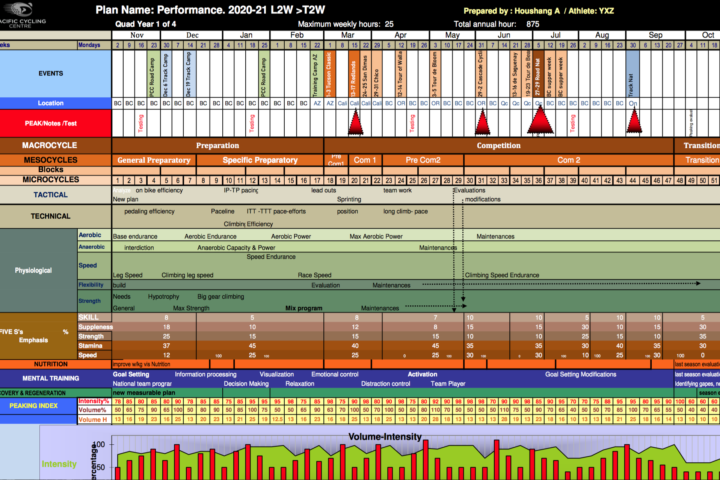
We review the art and science of developing and maintaining an annual training plan, which helps athletes progress and perform at their best.
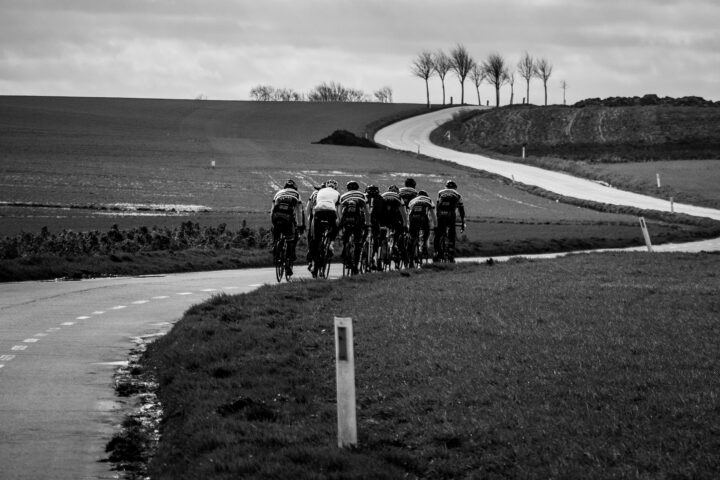
It’s hard to find time to fit in the long, slow miles that traditionally comprise the base season. Coach Trevor Connor offers suggestions for improving life-training balance, understanding quality versus quantity, and more.

For our 400th episode we invited three of the most prominent names in exercise physiology to discuss where we are and where we’re going in endurance sports science.

The era of AI-augmented endurance coaching is here. New tools don’t just collect data—they intelligently interpret, adapt, and learn, helping data-driven coaches and athletes to refine their training.

Learn what aero sensors do for cyclists and whether or not the tech is worth adding to training.

While many athletes and coaches rely on TrainingPeaks to analyze and archive their training data, there are several other notable programs worth considering.

We dive deep into the world of AI to understand how it can be used for optimal training and performance.
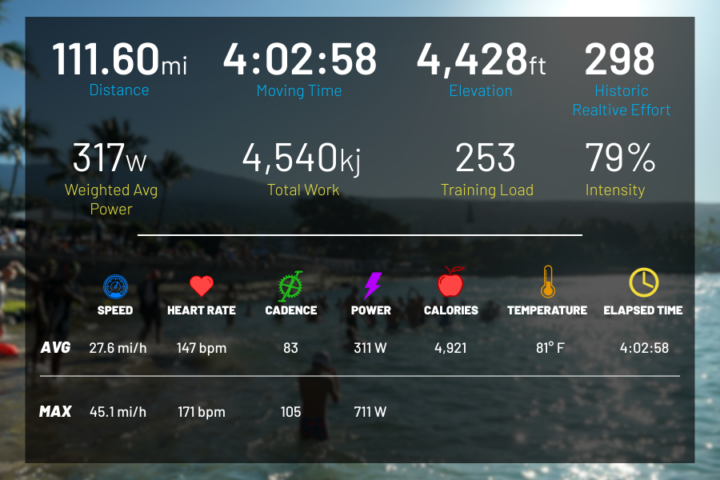
Sam Laidlow took almost five minutes off the bike course record at the Ironman World Championship. We do a deep-dive analysis on his power file to find out how he did it.

Trying to predict your performance can be nerve-wracking but in this era of training metrics and numbers, data can tell you a lot.

Coach Ryan Kohler demonstrates how to analyze ride data from a gravel workout with a high aerobic strain.

Learn advanced data analysis for cycling, triathlon, and running workouts and races. With new data analysis tools, you can make better decisions about your training.

Coach Ryan Kohler highlights his favorite Intervals.icu analysis tools and how to use them to improve your training.

Dr. Stephen Cheung explores the various ways athletes and coaches can quantify hard efforts, and how this can inform training.

Dr. Stephen Seiler and his daughter, an elite runner and sport science student, analyze bronze medalist Molly Seidel’s Olympic training.

Coach Connor busts several myths as he discusses the good, the bad, and the ugly of CTL.
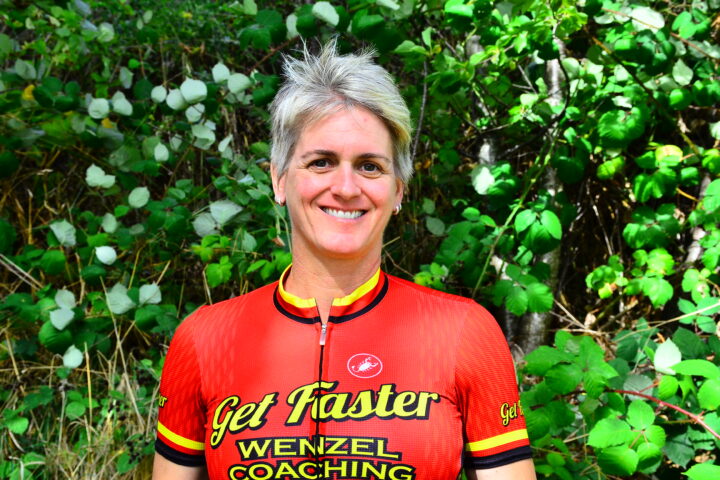
Coach Wenzel helps answer questions on travel, final race prep, big gear work on LSD rides, pushing through exhaustion, and training races.
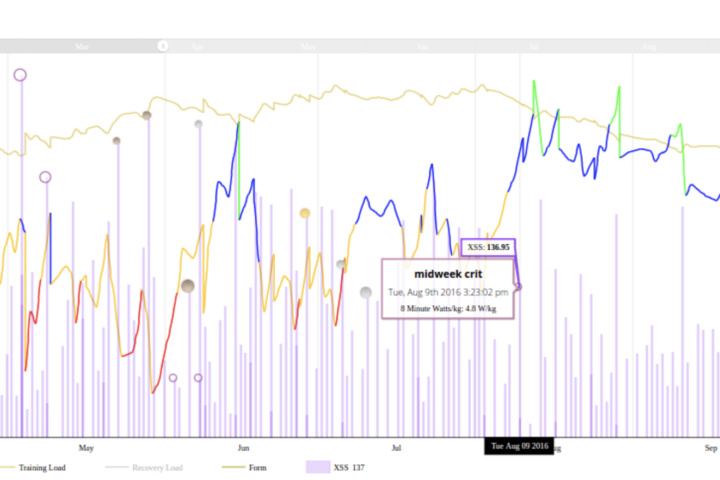
The interrelationship between form, fitness, and fatigue is the basis for quantifying training load. Performance Management Charts help athletes visualize and interpret that balance. Coach Trevor Connor explains the science.

TrainingPeaks is popular, but WKO5 is a much more powerful tool. Coach Trevor Connor has extensive experience with WKO and shares his favorite features.
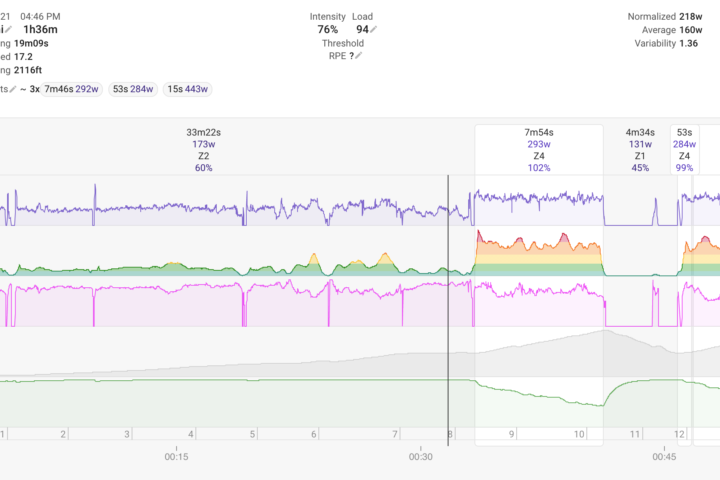
Physiologists and coaches have attempted to quantify training through both external and internal measures. We review the primary training metrics and detail the benefits and shortcomings of each.

Head Coach Ryan Kohler details his favorite features of intervals.icu, a relatively new data analysis tool.